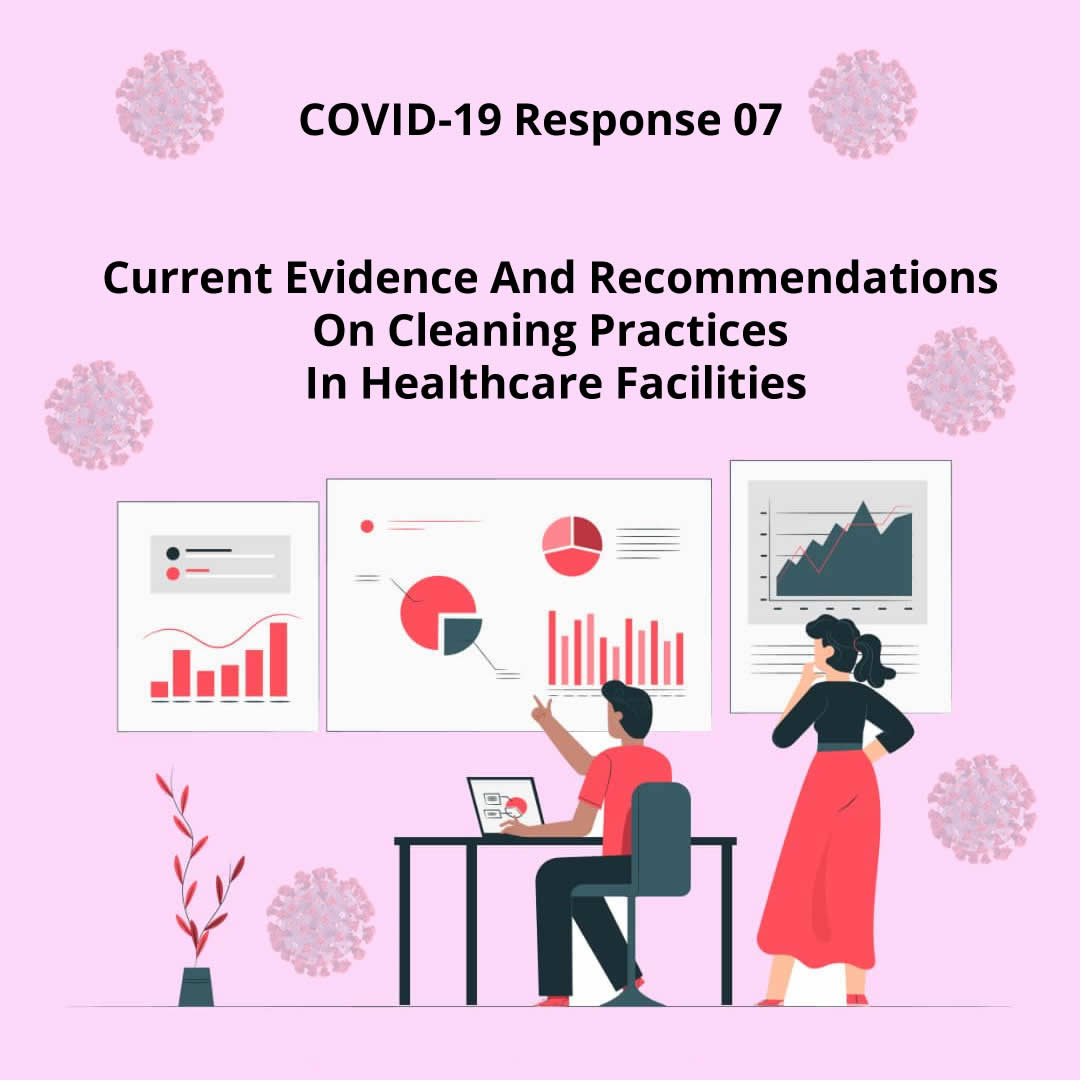Background
Decontamination and waste management are key pillars of infection prevention and control and the place of well-trained cleaning staff in the current COVID-19 pandemic cannot be overstated.
With Personal protective equipment in short supply and with the widespread practice of outsourcing hospital cleaning services to poorly trained and often uneducated staff, this aspect of the healthcare team and process may become a potential Achilles’ heel in the current efforts to stave the surge of infections worldwide.
Evidence shows that COVID-19 can persist on inanimate surfaces commonly found in hospitals like metal, glass and plastic for up to 9 days but is easily inactivated by isopropyl alcohol or hypochlorite solution.1 Thus in addition to hand hygiene and the proper use of PPEs, frequent decontamination of surfaces may provide the missing link in breaking the transmission in healthcare settings.
Recommendations
Based on current evidence, it is advised that cleaning staff working in wards and isolation units with COVID-19 patients use full personal protective equipment including an N-95 respirator and goggles. It would be ethical and just that Senior health workers ensure that cleaning staff are not short changed in this regard. Cleaning times should be scheduled and the NCDC currently recommends twice daily cleaning of surfaces, floors etc.2 cleaning activities should be bundled with other activities such as giving meals to patients to conserve PPEs and respirators. All cleaning staff must be properly trained on the donning and doffing of PPEs as improper doffing has been known to increase risk of infections among healthcare workers.3 It may be useful to have trainings done in the local language of use posters with pictorial directions in designated donning and doffing areas. Donning and doffing should also be supervised. There should be no sweeping, wet cleaning only should be done for all floors and surfaces in patient care areas. Cleaning should be done with detergent first, and then with 0.5% hypochlorite solution.2 All waste should be placed in biohazard bags and preferably incinerated immediately. Open dumping may attract scavengers with an attendant risk of community transmission.
References
- Kampf G, Todt D, Pfaender S, Steinmann E. Persistence of coronaviruses on inanimate surfaces and its inactivation with biocidal agents. Journal of Hospital Infection. 2020.
- Nigerian Centre for Disease Control. Infection prevention and control recommendations during health care when COVID-19 is suspected. NCDC Interim guidance. 29 February 2020. https://ncdc.gov.ng/themes/common/docs/protocols/172_1583044210.pdf
- Okamoto, K., Rhee, Y., Schoeny, M., Lolans, K., Cheng, J., Reddy, S., … & Popovich, K. J. Impact of doffing errors on healthcare worker self-contamination when caring for patients on contact precautions. Infection Control & Hospital Epidemiology, 40;(5): 559-565.


